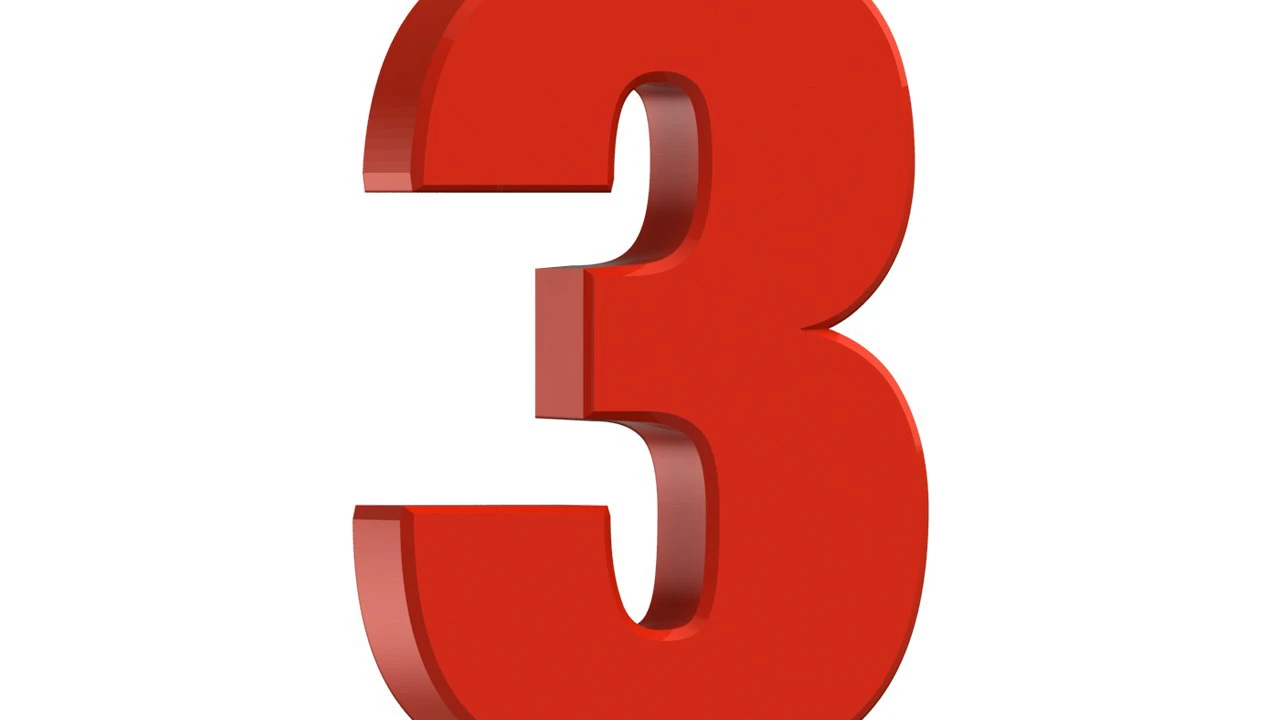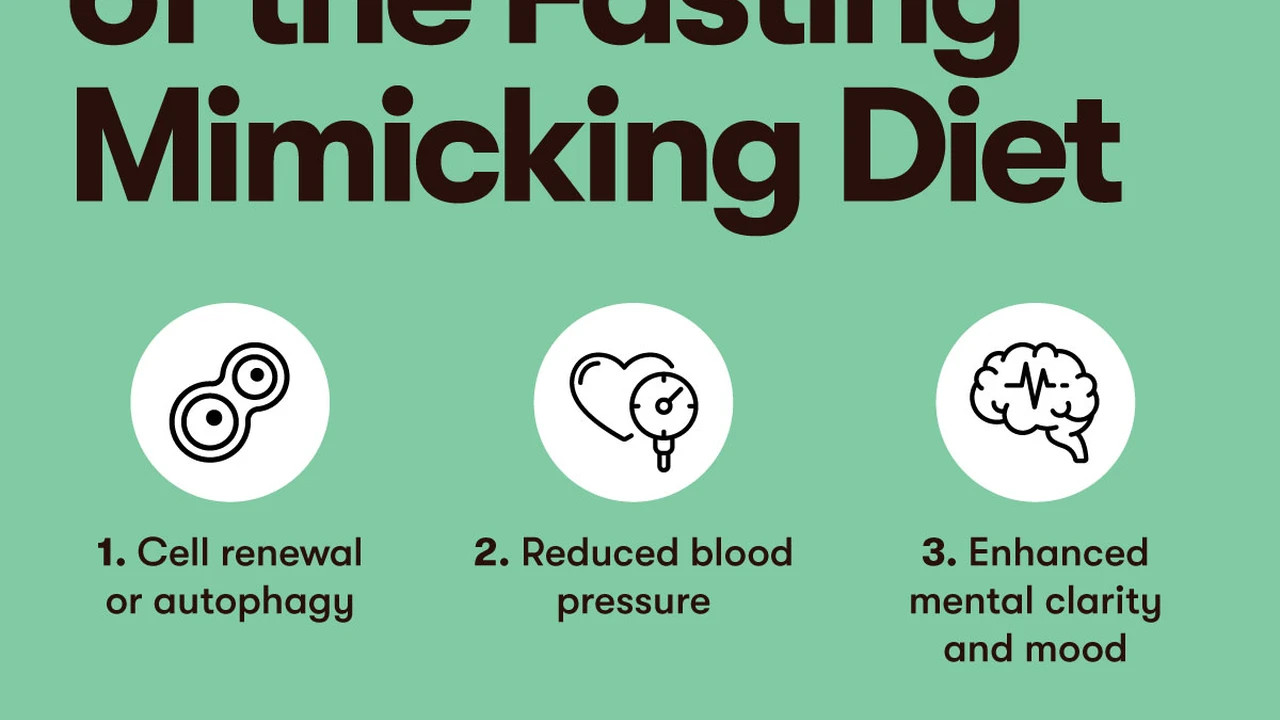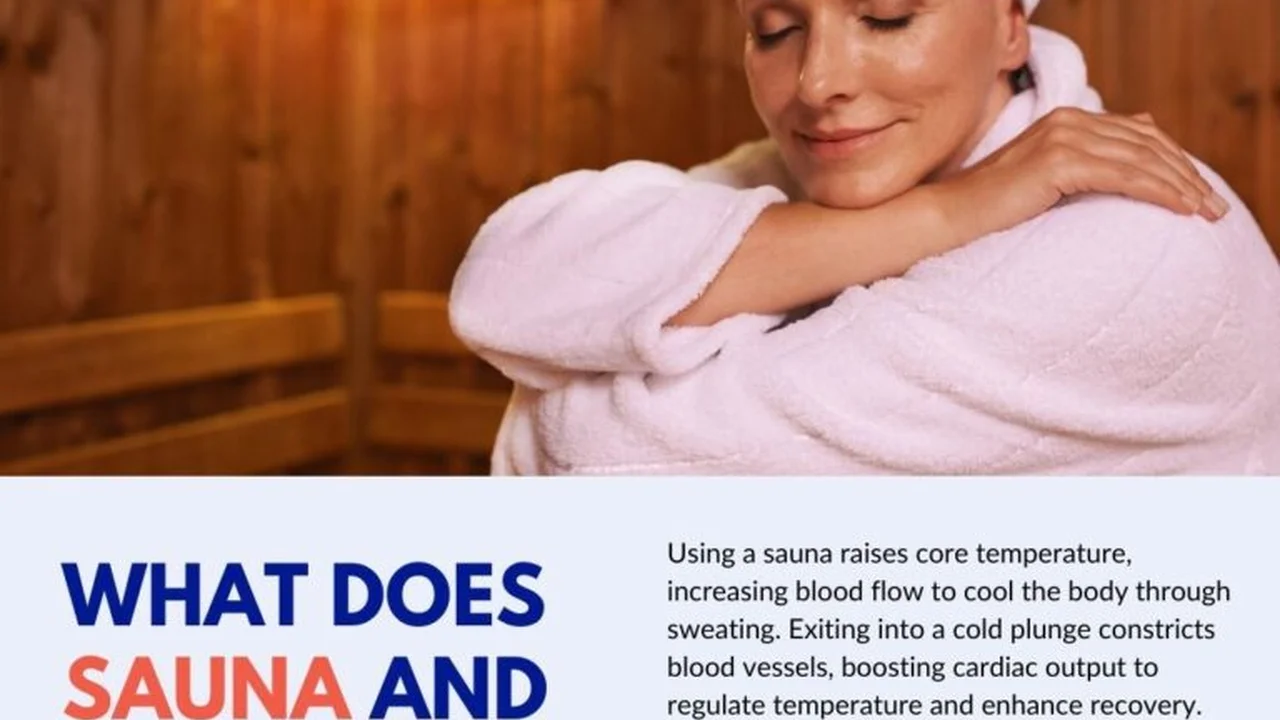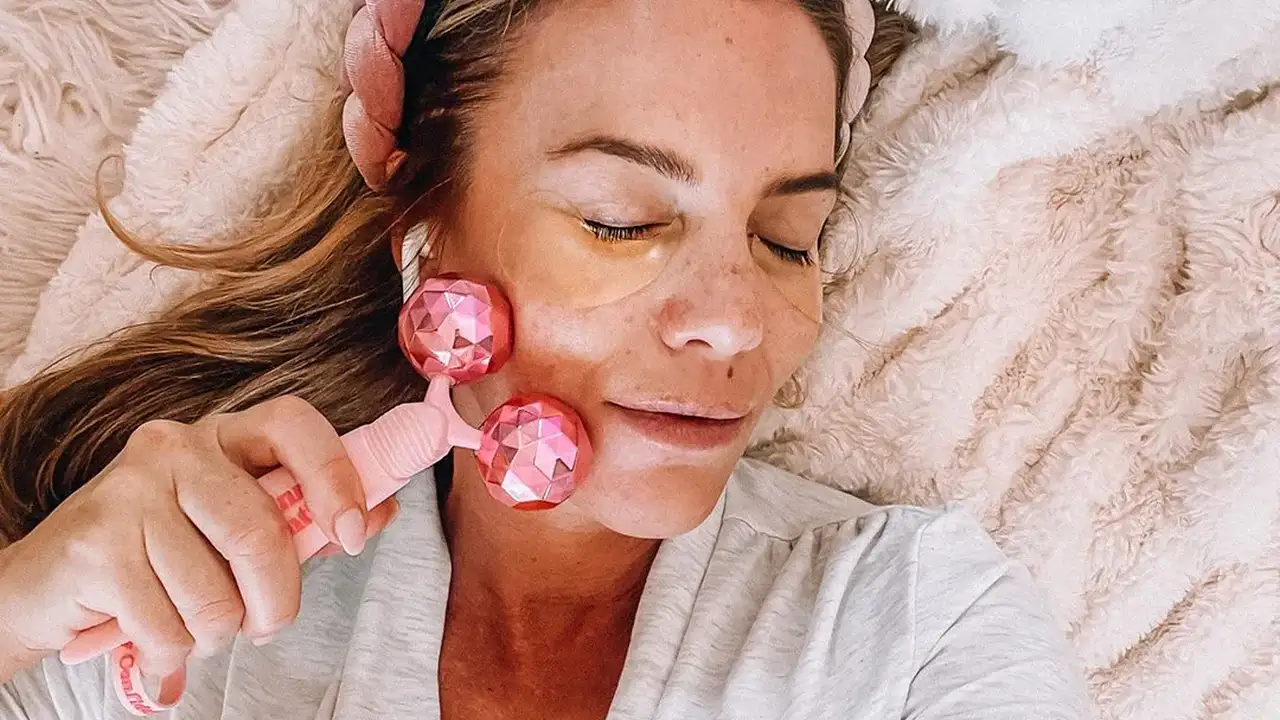The 5 Worst Environmental Toxins to Avoid Seasonally
Identify and avoid the five worst environmental toxins that fluctuate seasonally. Protect your health from common pollutants.
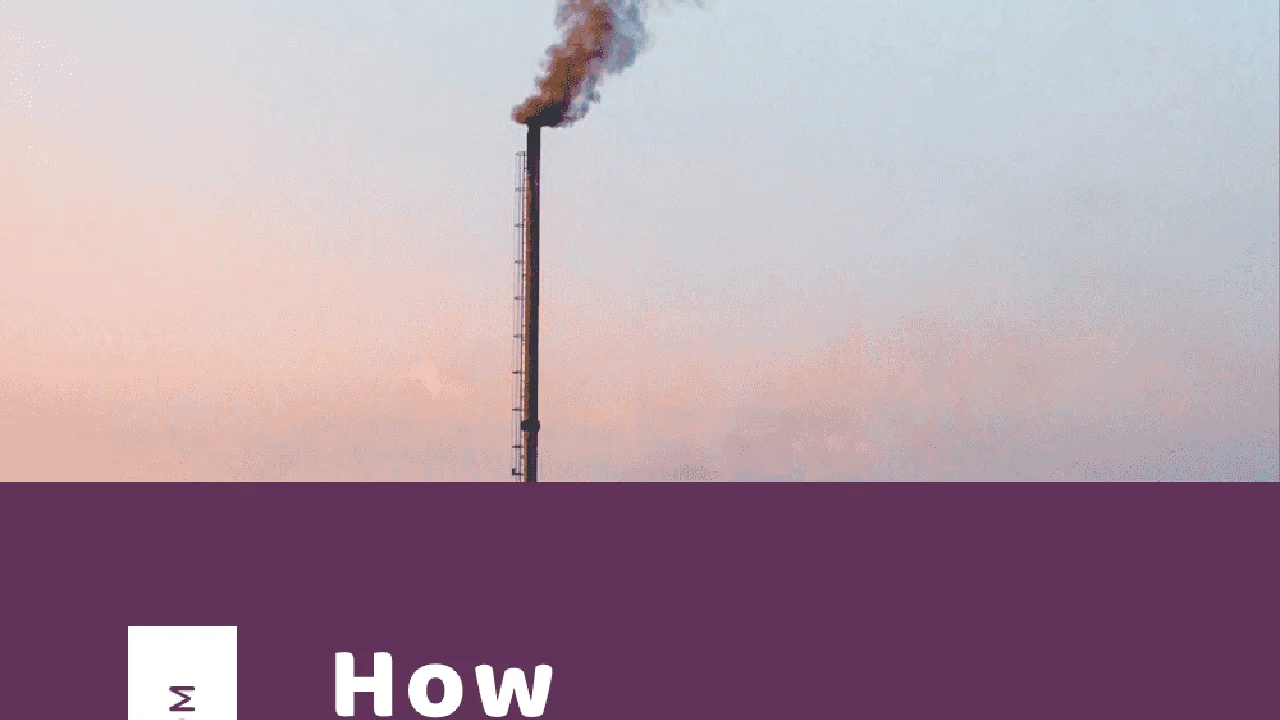
Identify and avoid the five worst environmental toxins that fluctuate seasonally. Protect your health from common pollutants.
The 5 Worst Environmental Toxins to Avoid Seasonally
Hey everyone, let's talk about something super important for our health that often gets overlooked: environmental toxins. We're exposed to so many things every day, and some of them can really mess with our well-being, especially as the seasons change. It's not just about what we eat or how much we exercise; our environment plays a huge role too. Today, we're diving deep into the five worst environmental toxins that tend to fluctuate with the seasons, and more importantly, how you can protect yourself. Think of this as your seasonal biohacking guide to a cleaner, healthier life.
Seasonal Pollutants and Your Health: Understanding the Impact
Why do some toxins become more prevalent or problematic during certain seasons? It's a mix of weather patterns, human activities, and even natural cycles. For example, pollen is a huge seasonal allergen, but it's also a natural environmental factor that can trigger inflammatory responses. Then there are things like mold, which thrives in damp conditions, or certain air pollutants that get trapped more easily in specific atmospheric conditions. Understanding these seasonal shifts is key to proactive protection.
The impact of these toxins on our health can be wide-ranging. We're talking about everything from respiratory issues and skin irritations to more serious long-term effects like hormonal disruption, neurological problems, and even increased cancer risk. Our bodies are constantly working to detoxify, but when the load becomes too heavy, that's when problems start to arise. Let's break down the top offenders.
Toxin 1: Seasonal Allergens (Pollen, Dust Mites, Mold Spores)
Okay, this one might seem obvious, but it's worth emphasizing because it's a massive seasonal toxin for millions. While not a 'chemical' toxin in the traditional sense, the inflammatory response they trigger in our bodies can be just as detrimental, if not more so, than some chemical exposures. Pollen peaks in spring and fall, dust mites are year-round but can be worse in humid summers, and mold spores love damp, warm conditions, often spiking in summer and fall.
Pollen Management: Spring and Fall Biohacks
During spring and fall, pollen counts can be through the roof. This isn't just about sneezing; it can lead to fatigue, brain fog, and general malaise. Here's how to tackle it:
- Keep windows closed: Especially during peak pollen hours (mid-morning to early evening).
- Shower and change clothes: After being outdoors to remove pollen from your body and clothing.
- Use HEPA air purifiers: These are your best friends for indoor air quality.
Product Recommendations for Pollen:
1. Coway Airmega 200M Air Purifier
Description: This is a fantastic all-rounder. It features a true HEPA filter that captures 99.97% of airborne particles as small as 0.3 microns, including pollen, dust mites, and pet dander. It also has an activated carbon filter for odors and VOCs. It's quiet, efficient, and has an air quality indicator that changes color based on the air purity.
Use Case: Ideal for bedrooms, living rooms, or home offices (up to 361 sq. ft.). Run it continuously during peak pollen season, especially at night.
Comparison: Compared to cheaper models, the Coway Airmega offers superior filtration and a longer filter life. It's more effective than basic purifiers that only use a pre-filter and carbon filter.
Price: Approximately $200-$250 USD.
2. Levoit Core 300S Smart True HEPA Air Purifier
Description: A more compact and smart option, the Levoit Core 300S connects to your phone for remote control and scheduling. It also uses a 3-stage filtration system with a pre-filter, H13 True HEPA filter, and activated carbon filter. Great for smaller spaces.
Use Case: Perfect for smaller rooms, dorms, or as a personal air purifier on your desk. Its smart features allow you to monitor air quality and control it from anywhere.
Comparison: More affordable and compact than the Coway, but with similar filtration efficiency for its size. The smart features are a big plus for tech-savvy users.
Price: Approximately $120-$150 USD.
Dust Mite and Mold Management: Humidity Control and Cleaning
Dust mites thrive in high humidity (above 50%), and mold needs moisture. Summer and fall can be prime time for these. Here's what to do:
- Control humidity: Aim for 30-50% relative humidity indoors.
- Wash bedding frequently: In hot water (130°F/54°C) to kill dust mites.
- Clean damp areas: Regularly clean bathrooms, basements, and kitchens to prevent mold growth.
Product Recommendations for Dust Mites & Mold:
1. Honeywell HPA300 True HEPA Air Purifier
Description: A powerful air purifier designed for large rooms (up to 465 sq. ft.). It uses a True HEPA filter to capture microscopic allergens and a pre-filter to capture larger particles and reduce odors. It's a workhorse for serious allergen control.
Use Case: Ideal for large open-plan living areas or master bedrooms where comprehensive air filtration is needed. Effective against dust mites, mold spores, and pollen.
Comparison: While larger and sometimes louder than the Coway or Levoit, its capacity for larger rooms is unmatched at its price point. It's a robust option for significant allergen issues.
Price: Approximately $250-$300 USD.
2. LEVOIT Core 400S Smart True HEPA Air Purifier
Description: This is the larger, smarter sibling to the Core 300S, suitable for rooms up to 403 sq. ft. It offers 3-stage filtration, smart controls via the VeSync app, and an auto mode that adjusts fan speed based on air quality. It's quiet and energy-efficient.
Use Case: Great for medium to large rooms where you want smart features and effective allergen removal. Its quiet operation makes it suitable for bedrooms.
Comparison: A strong competitor to the Honeywell for medium-large rooms, offering smart features that the Honeywell lacks. It's generally quieter than the Honeywell on lower settings.
Price: Approximately $220-$260 USD.
3. Midea MAD20C1ZWS Dehumidifier
Description: This smart dehumidifier can remove up to 20 pints of moisture per day (equivalent to 35 pints under older standards). It connects to Wi-Fi, allowing you to control it from your phone. It's energy-efficient and has a quiet operation.
Use Case: Essential for basements, bathrooms, or any area prone to high humidity and mold growth. Maintaining humidity below 50% is crucial for preventing dust mites and mold.
Comparison: Many dehumidifiers are clunky and loud. The Midea stands out for its smart features, energy efficiency, and relatively quiet operation, making it a superior choice for home use.
Price: Approximately $180-$220 USD.
Toxin 2: Particulate Matter (PM2.5) from Wildfires and Winter Heating
Particulate matter, especially PM2.5 (particles smaller than 2.5 micrometers), is a serious concern. These tiny particles can penetrate deep into your lungs and even enter your bloodstream, causing respiratory and cardiovascular problems. While always present, PM2.5 levels can spike seasonally due to specific activities.
Wildfire Smoke: Summer and Fall Threat
In many regions, summer and fall bring the threat of wildfires. The smoke from these fires is loaded with PM2.5, volatile organic compounds (VOCs), and other harmful gases. This isn't just a problem for those near the fires; smoke can travel thousands of miles.
Winter Heating: Indoor Air Pollution
During winter, as we seal up our homes and crank up the heat, indoor air quality can plummet. Wood-burning fireplaces, gas stoves, and even some electric heaters can contribute to PM2.5 levels indoors. Poor ventilation exacerbates the issue.
Protection Strategies for PM2.5:
- Monitor local air quality: Use apps like AirNow or IQAir to stay informed.
- High-efficiency HVAC filters: Upgrade to MERV 13 or higher filters for your home's HVAC system.
- Portable air purifiers: Again, HEPA filters are crucial here.
- Avoid burning wood: If possible, especially on high pollution days.
Product Recommendations for PM2.5:
1. Blueair HealthProtect 7470i Air Purifier
Description: This is a premium air purifier designed for large spaces (up to 418 sq. ft.) with advanced filtration. It uses HEPASilent Ultra technology, combining electrostatic and mechanical filtration to capture 99.97% of particles down to 0.1 microns (even smaller than PM2.5). It also has a GermShield feature that monitors and kills viruses and bacteria even when on standby.
Use Case: Excellent for large living areas or open-plan homes, especially during wildfire season or in areas with high outdoor pollution. Its quiet operation makes it suitable for bedrooms too.
Comparison: While pricier, its superior filtration for ultra-fine particles and germ-killing technology set it apart from most standard HEPA purifiers. It's a top-tier choice for comprehensive air protection.
Price: Approximately $700-$800 USD.
2. Winix 5500-2 Air Purifier
Description: A popular and highly-rated air purifier that combines a True HEPA filter, an activated carbon filter, and PlasmaWave technology (which can be turned off if preferred). It's effective for rooms up to 360 sq. ft. and is known for its ability to capture pet dander, odors, and fine particles.
Use Case: A great mid-range option for bedrooms, living rooms, or offices. It's particularly good for homes with pets or those concerned about general indoor air quality and PM2.5.
Comparison: Offers excellent value for money, providing similar filtration capabilities to more expensive models like Coway, but often at a lower price point. The PlasmaWave feature is unique, though some prefer to disable it.
Price: Approximately $150-$200 USD.
Toxin 3: Pesticides and Herbicides (Spring and Summer Agricultural Runoff)
As agriculture ramps up in spring and summer, so does the use of pesticides and herbicides. These chemicals can end up in our water supply through agricultural runoff, and some can even become airborne. Exposure can lead to a range of health issues, from neurological problems to endocrine disruption.
Protecting Yourself from Agricultural Chemicals:
- Wash produce thoroughly: Even organic produce can have residues.
- Choose organic: When possible, especially for the 'Dirty Dozen' fruits and vegetables.
- Filter your water: A good quality water filter is essential.
- Be mindful of local spraying: If you live near agricultural areas, be aware of spraying schedules.
Product Recommendations for Pesticides & Herbicides:
1. Berkey Water Filter (Big Berkey)
Description: The Berkey system is a gravity-fed water filter that uses Black Berkey Purification Elements. It's renowned for its ability to remove a vast array of contaminants, including pesticides, herbicides, VOCs, heavy metals, chlorine, and even viruses and bacteria, without removing beneficial minerals.
Use Case: Ideal for home use, especially if you're concerned about tap water quality or live in an area with agricultural runoff. It's also great for emergencies or off-grid living.
Comparison: While it requires manual refilling, its purification capabilities are superior to most pitcher filters and even many whole-house systems for specific contaminants. It's a long-term investment in clean water.
Price: Approximately $300-$400 USD for the Big Berkey system.
2. Aquasana AQ-5300+ 3-Stage Under Sink Water Filter
Description: This under-sink filter provides clean, healthy water on demand. It uses a 3-stage filtration process to remove over 99% of lead, chlorine, chloramines, pesticides, herbicides, and cysts. It's easy to install and provides a dedicated faucet for filtered water.
Use Case: Perfect for those who want convenient access to filtered drinking and cooking water directly from their tap. It's a great solution for apartments or homes where a whole-house filter isn't feasible.
Comparison: Offers superior filtration to pitcher filters and is more convenient than gravity filters for daily use. It's a good balance of performance and ease of use for targeted drinking water filtration.
Price: Approximately $200-$250 USD.
Toxin 4: Volatile Organic Compounds (VOCs) from Indoor Products (Year-Round, but Worse with Closed Windows)
VOCs are gases emitted from certain solids or liquids. They include a variety of chemicals, some of which may have short- and long-term adverse health effects. Common sources include paints, cleaning supplies, building materials, furnishings, and even personal care products. While present year-round, their concentration can spike indoors when windows are closed, especially in colder months or during peak allergy season when we avoid opening windows.
Minimizing VOC Exposure:
- Ventilate: Open windows when possible, even for a few minutes a day.
- Choose low-VOC products: Look for 'low-VOC' or 'zero-VOC' paints, furniture, and cleaning supplies.
- Air purifiers with activated carbon: HEPA filters don't capture gases, so activated carbon is key.
- Houseplants: Some plants can help absorb VOCs, though their impact is limited.
Product Recommendations for VOCs:
1. Molekule Air Pro Air Purifier
Description: Molekule uses PECO (Photo Electrochemical Oxidation) technology, which claims to destroy pollutants at a molecular level, including VOCs, viruses, bacteria, and mold spores, rather than just trapping them. It's designed for large spaces (up to 1000 sq. ft.) and has a sleek design.
Use Case: Ideal for large open-concept homes or offices where comprehensive VOC and pathogen destruction is desired. It's a premium option for those looking for advanced air purification technology.
Comparison: Molekule's PECO technology is different from traditional HEPA and carbon filters. While it excels at destroying VOCs and biological pollutants, some argue its particle filtration isn't as robust as a true HEPA. It's a specialized solution for specific concerns.
Price: Approximately $1000-$1200 USD.
2. Austin Air HealthMate Plus Air Purifier
Description: This air purifier is a powerhouse for chemical and odor removal. It contains a massive amount of activated carbon and zeolite (15 lbs!) in addition to a True HEPA filter. It's designed to remove a wide range of airborne chemicals, gases, odors, and sub-micron particles.
Use Case: Excellent for homes with significant VOC concerns, chemical sensitivities, or strong odors. It's a robust, long-lasting unit suitable for large rooms (up to 1500 sq. ft. for general use, smaller for heavy pollution).
Comparison: Unlike many air purifiers that have a thin layer of carbon, the Austin Air HealthMate Plus has a substantial carbon bed, making it far more effective at VOC and chemical removal. It's a top choice for serious chemical filtration.
Price: Approximately $700-$800 USD.
Toxin 5: Heavy Metals (Seasonal Runoff and Industrial Emissions)
Heavy metals like lead, mercury, arsenic, and cadmium can be found in our environment from various sources, including industrial emissions, old plumbing, and agricultural runoff. While exposure can occur year-round, seasonal factors like heavy rainfall can increase runoff into water sources, and certain industrial activities might be more prevalent in specific seasons.
Minimizing Heavy Metal Exposure:
- Filter your water: Again, a high-quality water filter is paramount.
- Test your home: If you live in an older home, test for lead paint and lead pipes.
- Be mindful of seafood: Some fish can be high in mercury.
- Avoid contaminated soil: Be cautious with gardening in urban or industrial areas.
Product Recommendations for Heavy Metals:
1. Clearly Filtered Pitcher Filter
Description: This pitcher filter stands out because it uses a proprietary filtration technology that targets over 270 contaminants, including lead, mercury, arsenic, fluoride, and pesticides, far more than standard pitcher filters. It's a convenient and affordable way to get cleaner drinking water.
Use Case: Great for individuals or small families who want highly filtered drinking water without the commitment of an under-sink or whole-house system. Perfect for renters or those on a budget.
Comparison: Significantly outperforms Brita or Pur pitchers in terms of contaminant removal, especially for heavy metals and fluoride. The filters are more expensive but last longer and offer superior protection.
Price: Approximately $80-$100 USD for the pitcher, replacement filters around $50-$60 USD.
2. Pelican Water PC600 Whole House Water Filter System
Description: A whole-house filter provides filtered water to every tap in your home. The Pelican PC600 uses a multi-stage filtration process to remove chlorine, chloramines, sediment, and heavy metals, providing clean water for drinking, bathing, and cooking.
Use Case: For homeowners who want comprehensive water filtration throughout their entire house. This is the ultimate solution for protecting against heavy metals and other contaminants in your municipal water supply.
Comparison: While a significant investment, a whole-house system offers unparalleled convenience and protection compared to point-of-use filters. The Pelican system is known for its long-lasting filters and minimal maintenance.
Price: Approximately $1000-$1500 USD (installation costs extra).
General Biohacking Strategies for Seasonal Toxin Protection
Beyond specific products, there are general biohacking principles that can help your body deal with seasonal toxin loads. These are things you can incorporate into your daily routine to boost your natural detoxification pathways and resilience.
Support Your Detox Organs: Liver and Kidneys
Your liver and kidneys are your body's primary detoxification organs. Support them with:
- Hydration: Drink plenty of filtered water.
- Nutrient-dense diet: Focus on cruciferous vegetables (broccoli, kale), leafy greens, berries, and lean proteins.
- Herbal support: Milk thistle, dandelion root, and nettle can be beneficial.
Boost Your Antioxidant Defenses
Toxins often create oxidative stress. Antioxidants help neutralize this. Load up on:
- Vitamin C: Citrus fruits, bell peppers.
- Glutathione precursors: N-acetylcysteine (NAC), whey protein, sulfur-rich foods (garlic, onions).
- Polyphenols: Green tea, dark chocolate, colorful fruits and vegetables.
Optimize Gut Health
A healthy gut microbiome is crucial for detoxification and immune function. If your gut isn't happy, your body's ability to process toxins will be compromised.
- Probiotics and prebiotics: Fermented foods (kimchi, sauerkraut) and fiber-rich foods.
- Avoid inflammatory foods: Processed foods, excessive sugar, unhealthy fats.
Sweat It Out: Sauna and Exercise
Sweating is a fantastic way to eliminate toxins through your skin. Infrared saunas are particularly effective for this.
- Infrared Sauna: Regular sessions can help excrete heavy metals and other toxins.
- Exercise: Gets your lymphatic system moving and promotes sweating.
Product Recommendations for General Detox Support:
1. Sunlighten mPulse Believe Infrared Sauna
Description: Sunlighten is a leading brand in infrared saunas, offering full spectrum infrared (far, mid, and near) for various health benefits, including detoxification, pain relief, and relaxation. The mPulse series allows for customizable programs.
Use Case: For those serious about regular detoxification and overall wellness. A home sauna provides convenient access to therapeutic heat and sweating, which is excellent for expelling environmental toxins.
Comparison: While a significant investment, Sunlighten saunas are known for their quality, low EMF emissions, and effectiveness compared to cheaper, less effective models. They offer a superior experience for deep detoxification.
Price: Approximately $4,000-$6,000 USD (depending on model and size).
2. Thorne Research NAC (N-Acetylcysteine)
Description: NAC is a precursor to glutathione, your body's master antioxidant. Supplementing with NAC can boost glutathione levels, which are crucial for liver detoxification and protecting cells from oxidative damage caused by environmental toxins.
Use Case: A foundational supplement for anyone looking to support their body's natural detoxification pathways, especially during periods of high environmental exposure or seasonal changes.
Comparison: Thorne is a reputable brand known for high-quality, pure supplements. While many NAC brands exist, Thorne's commitment to purity and bioavailability makes it a trusted choice for biohackers.
Price: Approximately $25-$35 USD for a bottle.
Protecting ourselves from environmental toxins is an ongoing process, and it definitely shifts with the seasons. By understanding the specific threats that emerge at different times of the year and implementing smart biohacking strategies – from air and water filtration to supporting our body's natural detox systems – we can significantly reduce our exposure and boost our resilience. Stay informed, stay proactive, and keep biohacking your way to optimal health!
:max_bytes(150000):strip_icc()/277019-baked-pork-chops-with-cream-of-mushroom-soup-DDMFS-beauty-4x3-BG-7505-5762b731cf30447d9cbbbbbf387beafa.jpg)



